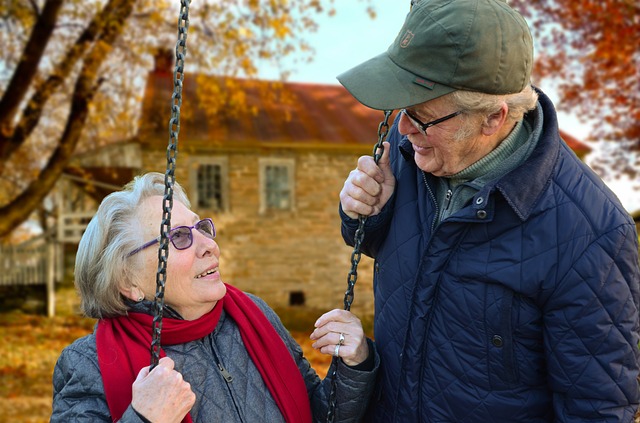Julie Entwistle, MBA, BHSc (OT), BSc (Health / Gerontology)
Being proactive with your health is one of the best strategies for preventing future problems. This is in contrast to being reactive which would involve trying to address a problem AFTER it has happened. Much like putting a grab bar in the bathroom AFTER a fall caused hip fracture, the better strategy would have been putting in the bar BEFORE, while you are well, to prevent the fracture in the first place. This is what “aging in place” is all about.
As the population continues to age, more and more people are opting to stay in their homes. In fact, in Ontario, 60% of people over 75 still own a home.
Harvard Health Publications compiled a list of “6 Ways You Can Prepare to Age Well” and in reading this we identified that 5 of the 6 strategies related to occupational therapy! So, we have adapted this to show the top 5 ways occupational therapy can be involved in the aging well and aging in place process:
1. Space Modification: An occupational therapist is trained to provide solutions for the “occupations” of daily living. The home you occupy may need to be slightly adapted, or more extensively modified, in order to ensure it will meet your needs as your physical abilities change. An occupational therapist can help by assessing your current space, your physical concerns, and will develop a plan for any current or future adaptations you may require. Common areas OT’s consider in the home include the bathroom, kitchen, flooring, entry ways and stairs.
2. Fall Prevention: As people age, the dangers of falling become heightened. An occupational therapist can help by assessing your home to look for any existing dangers that may lead to falls. Common areas considered include flooring, transitions, layout and home organization. Check out our video on “fall prevention” to learn more about how OT can help to reduce your risk.
3. Is a Move Necessary: Although many are hoping to live in their current home as long as possible, at some point people often have to make the difficult decision to relocate. If the layout of your home is not suitable for your aging in place plan, it may be necessary to look to move to a more suitable home, such as something that is one level or has less maintenance. Alternatively, many seniors look to downsize into senior friendly neighbourhoods or villages where care might be onsite if needed.
4. Plan Ahead for Assistance: Do you have someone reliable who is willing to assist and care for you in your later years? An occupational therapist can help you to plan for the assistance you may need – such as help with activities of daily living, finances, meal preparation, transportation and home maintenance. It’s best to discuss with loved ones early on if they are able to help with any of these tasks, and if not, an OT can help you to find this assistance in the community.
5. Emergency Preparation: As you age, the likelihood of an emergency is heightened. Emergencies could include a fall, health crisis, problem with your home, or medical condition that worsens overtime causing you to need 24 hour care. An occupational therapist can help you to develop an emergency plan, or to have the supports in place so you can get support when it is needed.
It is important to remember that people will age differently, and no two people will have the same experience with the changes that occur as we all get older. I know a lady at my gym who is 75 and can run circles around most 30 year olds. A unique and custom approach is the best strategy for ensuring that you get the help you need, based on your own abilities and the environment in which you live. It is just important to develop your plans early and proactively, instead of reactively trying to develop solutions after something has happened. Seek the services of an occupational therapist for input on how to “age well” and “age in place”.

